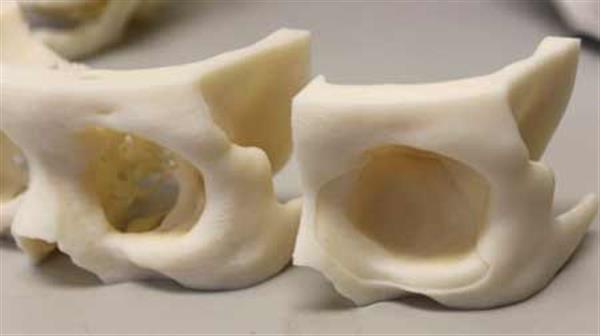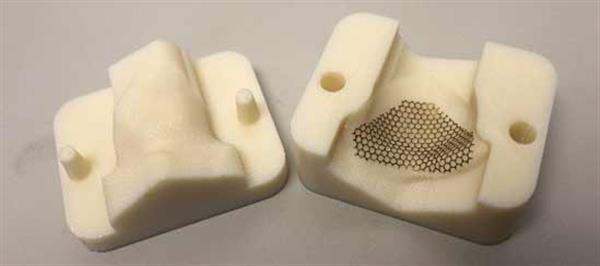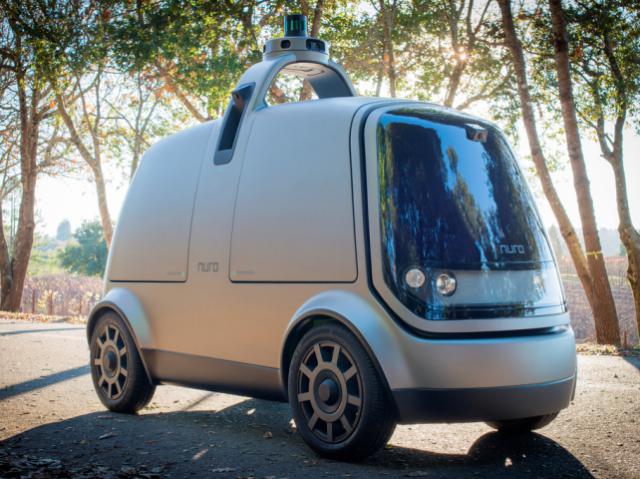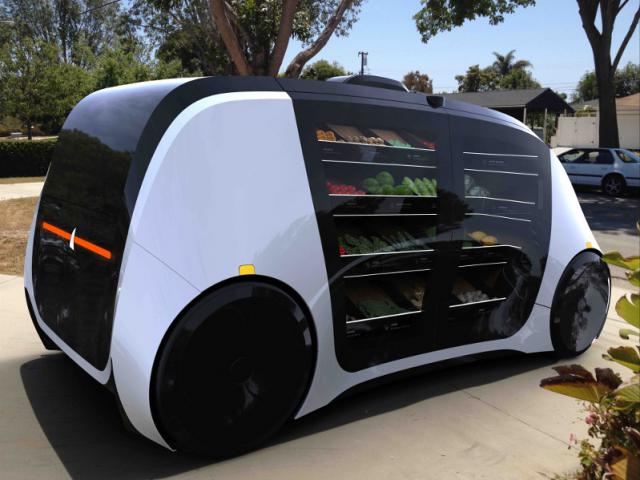Hong Kong researchers use 3D printing to develop surgical breakthrough for orbital eye operations
06 April 15Hong Kong researchers use 3D printing to develop surgical breakthrough for orbital eye operations

Despite years of practice and technological breakthroughs, surgeries involving the eye and surrounding area have been among the more challenging surgical procedures due to the sensitive nature of the eyeball and value of sight for the patient. Despite this, many injuries occur every day that require surgeries composed by ophthalmic surgeons to repair eye sockets and other eye-related injuries. Oftentimes, these come from injuries related to motor vehicle accidents, direct hits from blunt objects or sports injuries. Thanks to some new developments in 3D printing however, surgeons will be able to use 3D printed models to improve eye orbital implant surgery accuracy and reduce operating times and recovery times.
While eye socket surgery - which is referred to as “orbital”-related surgery by surgeons - has traditionally involved implanting and shaping a customized titanium mesh during the procedure, researchers at Hong Kong Polytechnic University’s Industrial Center (IC) have been able to create customized molds for orbital implants for the surgery in under four hours using a Fortus 3D production System 3D printer from Stratasys.

The researchers were able to use a combination of the patient’s CT scan and X-ray images to reconstruct a patient’s orbital floor (the base of the eye socket) using 3D modeling software. Once a final model had been completed and divided, they were then able to 3D print the model with two mold halves that are able to form a thin titanium metal sheet that could be used as the implant.
In addition to speeding up the process of creating a customized (and accurate) implant for a patient, this process also gives ophthalmologists further flexibility when dealing with complex fractures that might involve multiple injuries to a surrounding area.
While the ability to 3D print an accurate model is surely a breakthrough, the material options of the Fortus 3D printer also played a key role in streamlining the process. Among other materials that is able to be printed on the commercial-grade 3D printer is PC-ISO, a bio-compatible thermoplastic that can be used to print structurally-sound and heat-resistant surgical parts. Since it is necessary for all medical equipment to be decontaminated prior to a surgical procedure, the bio-compatible works for the process due to its ability to be gamma or EtO sterilized.
“Surgeons would only need to sterilize the mold and form the implant shape by pressing the two parts together, resulting in an accurate customized implant,” said Hong Kong Polytechnic University assistant engineer Louis Sze, who helped develop the process.
The breakthrough is one of many that we’ve seen that goes to show just how much of an impact additive manufacturing is currently having in all parts of the medical industry at the moment. While some surgical procedures are employing the use of actual 3D printed parts into the human body, others are using the technology to more accurately (and in many cases, more affordably) create customized solutions that previously involved much more complicated processes.
Subscribe
Latest News market innovation



